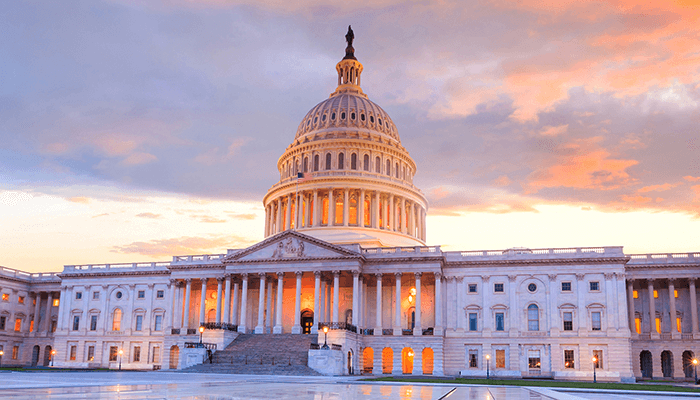Either Reconciliation Approach Would Raise Debt Ceiling With More Borrowing
The reconciliation instructions in the Senate-adopted concurrent budget resolution for Fiscal Year (FY) 2025 would allow for a $4 to $5 trillion debt limit increase. Historically, debt ceiling increases have been used as an opportunity to enact deficit reduction or facilitate budget reforms – but this budget would allow $2.8 trillion in deficit increases under the House’s instructions and $5.8 trillion under the Senate’s instructions.
The allowed debt limit increase – $4 trillion in the House and up to $5 trillion in the Senate – would be the largest specified increase in history.1 The previous largest dollar increase was $2.5 trillion, which was a standalone measure to raise the debt ceiling at the end of 2021.
The budget would also allow more ten-year borrowing than any debt-limit increase in history – with the House’s $2.8 trillion almost twice as large as the previous record and the Senate’s $5.8 trillion almost four times as large.
In fact, the Senate instructions would allow more than three times as much ten-year borrowing as all deficit-increasing debt limit deals over the past 15 years combined.

Both the House and Senate approaches would be a reversal to recent debt ceiling increases, which most recently resulted in $1.3 trillion of primary deficit reduction from the Fiscal Responsibility Act (FRA) of 2023. In fact, passing a bill consistent with the House instructions would reverse the deficit reduction from the FRA twice over, and a bill from the Senate instructions would reverse that progress more than four times over.
Lawmakers need to raise the debt ceiling as soon as possible, with default being an unacceptable outcome. And ideally, they would use the opportunity to reduce deficits or otherwise put in place fiscal improvements that put us on more sound fiscal footing. They should absolutely not raise the debt ceiling in a deficit-exploding reconciliation bill.
1 There are two ways of increasing the debt ceiling: by a specific dollar amount, or by a suspension of the limit. In 2019, Congress suspended the debt ceiling for two years, at which point it was reinstated $6.4 trillion higher due to the significant borrowing during the COVID-10 pandemic. A $5 trillion increase would thus be the second largest increase ever, and a $4 trillion increase would be the third largest behind the debt ceiling suspension included in the FRA (which ended up totaling $4.7 trillion).


